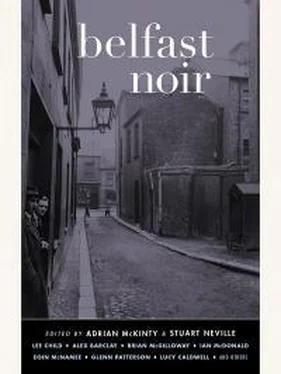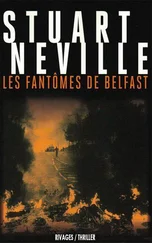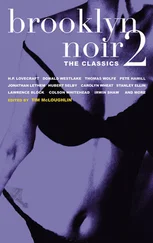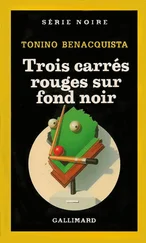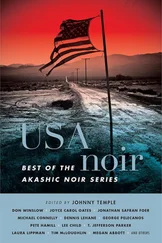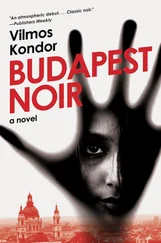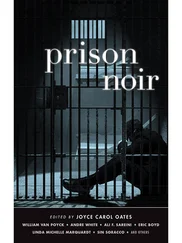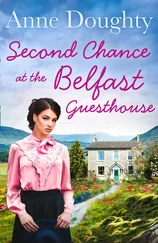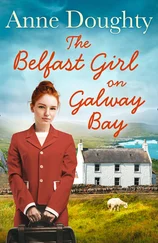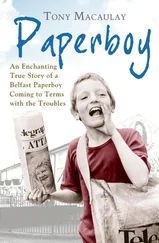Turning to face Mickey in the dock, I began scratching at the cut on my finger which had become red and itchy.
Behind Mickey, in the public gallery, his long-suffering wife Agnes bit at her hanky, her small hands trembling.
Mickey was going down and she knew it.
* * *
The next morning I drove along the Ormeau Road, on my way to court, thinking about the photograph of Betty Stoke. That image clawed at my memory, but its significance continued to elude me. The traffic calmed as I made my way past the old Gasworks. The beautiful Victorian brickwork façade and clock had been preserved when the site went through redevelopment. For some reason the developers had failed to keep up maintenance on the clock, which always seemed at least an hour slow.
The radio distracted me. A heated discussion had begun amongst commentators arguing over the latest political bombshell by someone or another who had proposed, in all but name, an amnesty for historical crimes committed during the Troubles. One commentator, a representative from a victims’ group, argued that it was the right of the victim or the victim’s family to determine whether or not they would forgive past crimes or seek truth and justice through an inquiry or prosecution. To balance the argument, a politician, if one were willing to stretch the definition of that title to fit this individual, who regularly appeared on early-morning radio, presumably having been prodded with a stick by the producers until he reached his seemingly habitual state of apoplexy, argued that murder was murder and that all crimes, political and historical, should be prosecuted to the full extent of the law. I found a parking space on Cromac Street, let out a sigh of relief as I killed both the engine and the radio.
My relief was twofold: I was glad that I didn’t have to listen to such a heavy argument on a full stomach of bacon and black pudding, and secondly, I’d realised the significance of the photograph.
Stepping out of the car into the biting December air, I called my instructing solicitor.
By an ingenious technological feat, when one telephoned Mr. O’Neill’s mobile, instead of a ringtone one was treated to the theme tune from The A-Team . The call went to voicemail, “You’re through to the voicemail of Sean O’Neill, the People’s Champion. I’m probably fighting with the police at the moment, leave a message and I’ll get back to you when justice has been served.”
“Mr. O’Neill, it’s Teddy Mack, I’m on my way to court. I’ve had a thought, a possible game changer for our good friend Mr. Fuck. Meet me at the cells. We need a consultation right away.”
Disconnecting the call, I threw my red velvet bag which contained my wig, collar, and gown over my shoulder, hefted my briefcase, and stepped brightly toward the day’s labours.
It was Friday and I saw the vans and cars of stall holders parked outside St. George’s Market. There had been a fish market at this site for over three hundred years with fishermen selling their catch straight from Belfast Lough. They sailed up the River Lagan right into the heart of the city and anchored just a stone’s throw away from the marketplace. In the late 1800s a beautiful indoor Victorian market had been built with a paned-glass roof and it still operated today, although it had changed much over the last twenty years. When I first came to Saint George’s, as a young barrister seeking a Friday cod, I would have to fight my way through the old millies who operated the jumble sale at one end of the market. A milly was a heavily built middle-aged woman, draped in shawls and dragging a shopping basket, who’d grown arms like thick steel cables from years working in the linen mills. In those times, during the summer, the market stank of fish and mouldy clothes. Not so today. Smartly dressed members of a jazz band hauled a double bass through the doors and I could already smell the fresh fish and the wondrous aromas of curry, exotic fruits, paella, and slowly roasting meat. The market had become trendy with boutique stalls that sold paintings and Art Deco furniture. Sadly, there was not one milly in sight.
* * *
Mickey held his head in his hands. Beads of sweat sat precariously on his unkempt and somewhat wild eyebrows.
“That fuckin’ judge has it in for me,” said Mickey.
“Forget about the judge,” I responded, “I want to know about the photograph, the one of Betty Stoke on the beach.”
His head came up. Fear in his eyes.
“I was listening to the radio this morning. They were talking about the Troubles and what should we do about the past. I think it’s time your past came out, Mickey. I remembered our little case all those years ago. Our first case—the pub bombings? That got me thinking about our past. And our second or third case, if I remember rightly? Another fraud conviction. That time you got nine months, and with 50 percent remission and time on remand you were out in a month and a half. But you weren’t worried about doing the time, you were worried about—”
“Fuck that, no way.”
“You have no choice.”
Rubbing his head, he swore.
“Why didn’t you tell me?” I said.
“It’s ancient fuckin’ history, for fuck’s sake. I didn’t . . . I didn’t want to put Agnes through all that, not again.”
“It’s the only way.”
Eventually, Mickey relented. Even though he faced twenty years for murder, he would rather do that time than hurt his wife any further. I had to admire him for that, at least. But now it was time for the truth to emerge, with a little unwitting help from the prosecution.
Before court began, I sent Mr. O’Neill on an errand to the offices of the Belfast Telegraph .
* * *
Fozzy looked at me like I’d suffered a minor stroke. He questioned witness after witness—scenes of crime officers, photographers, police officers—and elicited damning evidence against Mickey from each one before turning them over to me, at which point I would politely shake my head, having no questions to ask.
“Are you feeling all right, Mack?” asked Fozzy.
“Fuck off,” I said.
He called his final witness, a seemingly minor individual who was there simply to prove documents. He was Arthur Hamill, a records officer with the Department of Justice. Earlier that morning Fozzy had sought to introduce bad-character evidence against Mickey—in other words, his criminal record. He wished to show the jury that Mickey was a dishonest man and therefore a dishonest witness, having been previously convicted of over one hundred crimes of dishonesty. I agreed that Mickey’s record could be shown to the jury on the understanding that we would be provided with a copy of the deceased’s criminal record in return. Fozzy agreed, thinking that I had made a grave error; nothing is more likely to increase a sentence than attacking the victim during the defence case, and Fozzy wanted to give me full reign to hang my client by assassinating the character of a murder victim.
After Mr. Hamill, a rather bored civil servant in a blue suit was sworn in, Fozzy took the jury through our client’s record, highlighting the number of convictions for theft and fraud, but not going into the facts of any of the prior cases.
“Nothing further,” said Fozzy.
“I have just a few questions, Mr. Hamill,” I began.
The jury seemed surprised to hear my voice, as if I was going to spoil what had been up until then a fairly straightforward affair.
“Mr. Hamill, you will see that the defendant was convicted of fraud on the 18th of October 1981 at Belfast Magistrates Court. There is, I believe, a short narrative below each record of conviction to give a little more detail of the crime. Would you please read out that narrative for the 18th of October?”
Читать дальше
